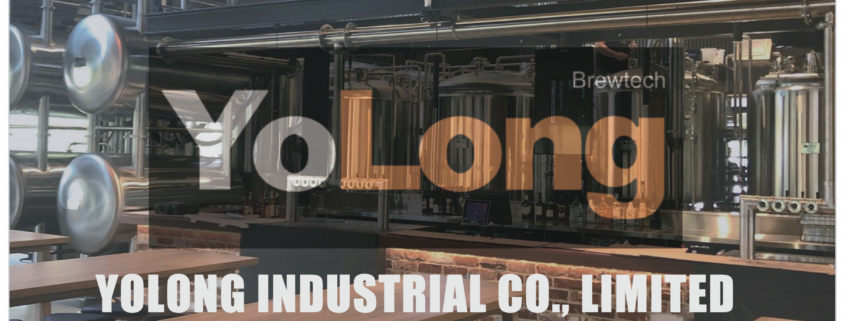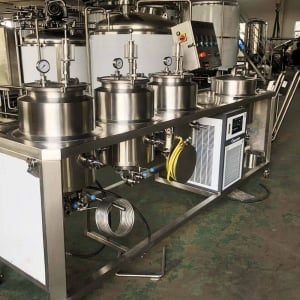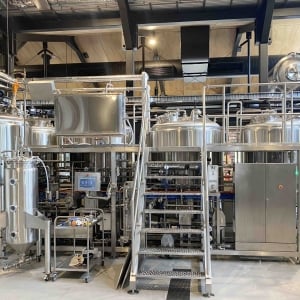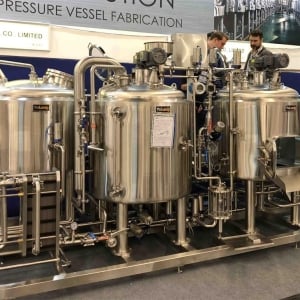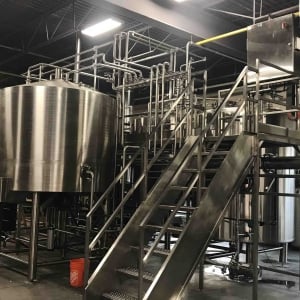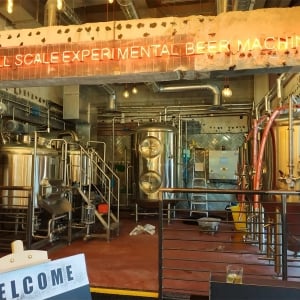4 BBL Brew Kettle Systems
A 4 BBL Brew Kettle is one of the most important vessels in a commercial brewery or scaled up homebrewing setup. This guide covers key details on selecting, operating and maintaining a 4 BBL Brew Kettle for wort production.
Overview of 4 BBL Brew Kettles
The brew kettle, also called the copper or brewing kettle, is where sweet wort from the mash is boiled with hops to impart bitterness, flavor and aroma. Kettles are made of stainless steel or copper and precisely engineered for heating, boiling, clarifying and transferring wort to fermentation.
Key Brew Kettle Functions:
- Boiling wort with hops
- Coagulating proteins for clarity
- Sanitizing wort
- Allowing precise additions
- Wort aeration and transfer
With a well designed 4 BBL kettle matched to the brew system, craft brewers can reliably and efficiently produce a diverse range of beer recipes.
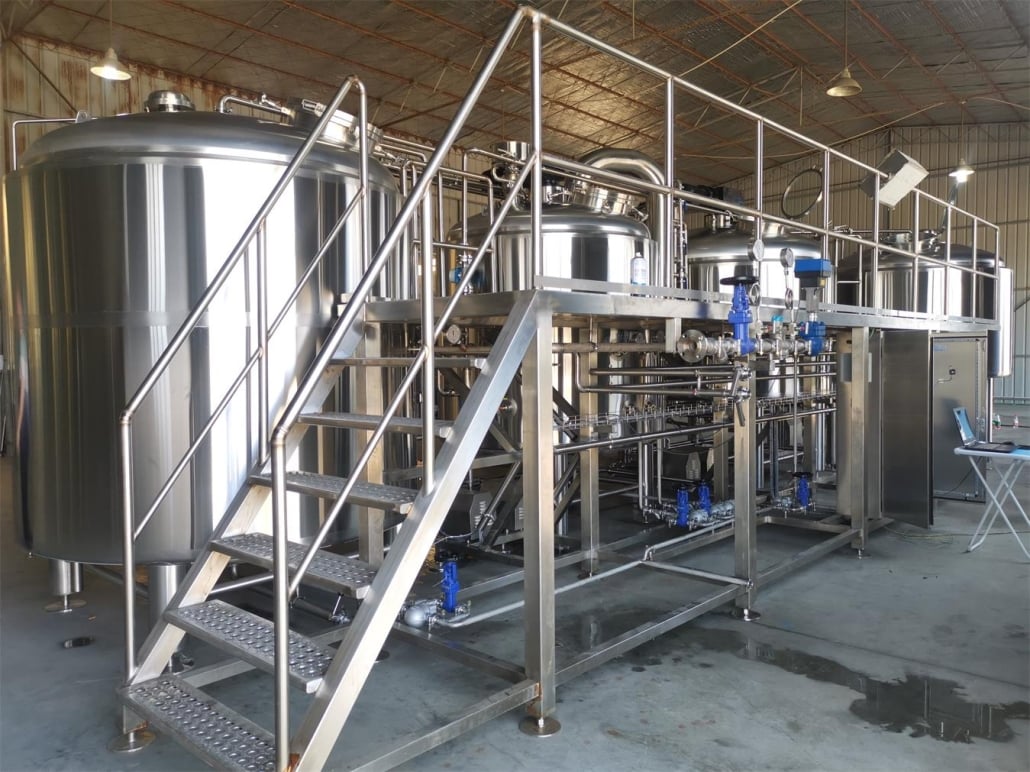
4 BBL Brew Kettle Equipment Guide
Modern 4 BBL brew houses utilize kettles customized to the brewery’s requirements:
Types of Brew Kettles
| Type | Description |
|---|---|
| Direct Fire | Uses gas burner underneath |
| Steam Kettle | Steam jacketing for precise boiling |
| Electric Kettle | Integrated heating elements |
| Hybrid Kettle | Combination of electric and gas |
Specifications
| Parameter | Details |
|---|---|
| Total Size | 4.5-6 BBL (135 to 180 gallons) |
| Material | Stainless steel or copper |
| Height/Diameter | 1:1 to 4:1 ratio |
| Heating System | Gas, Electric, Steam, Hybrid |
| Power Rating | 20 – 150 kW |
| Temperature Range | 60°C – 100°C |
Design and Customization Options
| Element | Configuration Choices |
|---|---|
| Shape | Round or rectangular |
| Height-to-diameter ratio | Short and wide or tall and narrow |
| Material finish | Mirror polish or brushed interior |
| Insulation types | Single wall, steam jacket, removable blankets |
| Sight glasses | Single, double glass or acrylic |
| Transfer systems | Pumps, gravity drainage valves |
| Automation | Manual vs PLC-controlled |
| Add-ons | Aeration stones, whirlpool tank, heat exchanger |
Kettles can be custom fabricated or ordered from reputable brewing equipment suppliers to match individual brewery requirements.
Selecting a Quality 4 BBL Brew Kettle
Choosing the right kettle is an important brewery investment decision requiring in-depth product research.
Key Brew Kettle Suppliers and Price Ranges
| Company | Price Range |
|---|---|
| JV Northwest | $6,500 – $15,000 |
| Premier Stainless | $8,000 – $20,000 |
| Rolec Craft Brewing | $12,000 – $35,000 |
| Specific Mechanical | $10,000 – $30,000 |
| Psycho Brew | $15,000 – $40,000 |
| ABI Equipment | $20,000 – $50,000 |
How to Select the Best 4 BBL Brew Kettle
Important buying criteria include:
Quality and Design
- Heavy duty stainless steel
- Mirror polished interior
- Good height-to-diameter ratio
- Advanced heating and controls
Performance Factors
- Temperature accuracy
- Uniform wort boiling
- No cold or dead spots
- Fast heating and response
Service and Experience
- Many years building kettles
- Strong customer reviews
- Responsive technical support
- Custom engineering services
Evaluating multiple vendor quotes on total cost, production efficiency, quality and service allows buyers to determine the optimal system for their brewing needs.
Operating a 4 BBL Brew Kettle
Running a brew kettle properly is vital to ensure high quality, consistency and efficiency.
Typical 4 BBL Brew House Operations:
- Transfer hot wort from mash tun to kettle
- Bring to boiling temperature
- Boil vigorously with hop additions
- Monitor parameters and make adjustments
- Whirlpool or settle out trub
- Cool wort to pitching temperature
- Aerate, transfer to fermenters
Brew Kettle Best Practices:
- Double check valve alignments
- Watch for foaming and boil overs
- Measure volumes and gravities
- Keep detailed brew sheets
- Clean thoroughly between batches
Following standard operating procedures in the brewery leads to higher yields, faster turnarounds and less product loss from batch to batch.
Maintaining 4 BBL Brew Kettles
A robust preventative maintenance plan is required to sustain performance and longevity of brew kettles.
Maintenance Frequency
| Task | Schedule |
|---|---|
| Cleaning | Every batch |
| Inspections | Monthly |
| Test heating units | Quarterly |
| Replace gaskets | Annually or as needed |
| Tune temperature controls | As needed |
| Check sight glasses | Monthly |
| Replace broken glass | Immediately |
| Kettle re-passivation | Annually |
Do Not Defer Maintenance:
Putting off repairs risks:
- Contamination
- Boil-overs
- Slow heat up times
- Equipment failures
Follow the manufacturer’s maintenance guide to avoid operational disruptions.
Comparing Kettle Options: Pros vs Cons
Different kettle configurations have inherent trade-offs to weigh during selection:
| Consideration | Pros | Cons |
|---|---|---|
| Copper vs Stainless | Beautiful appearance | Requires intensive cleaning/polishing |
| Electric vs Gas | Precise controlPlug and play install | Higher energy costsMay need 3 phase power |
| Steam vs Electric | Fast heatingVery even boiling | Slow heating recovery timesWithout steam boiler, limited value |
| Automation | Ensures consistency Saves laborData tracking | Additional cost Complexity Can malfunction |
| Short vs Tall | Lower cost Easier to install | Less vigorous boiling Possible foam-overs |
Finding the right balance requires carefully examining brewery goals, capabilities and budgets. Do not overbuy features that will go unused or overextend finances in ways that risk sustainability. Seek equipment that empowers excellence in your unique beers.
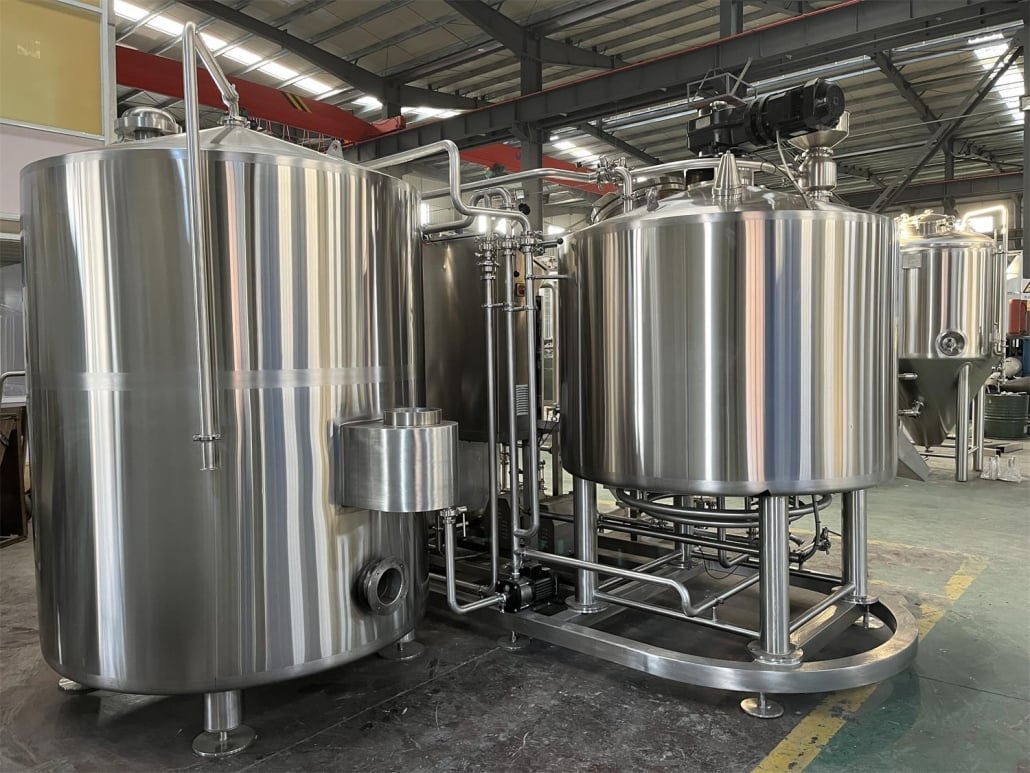
FAQs
Q: What size brew kettle do I need for a 4 BBL system?
A: A 5-6 BBL kettle allows adequate room for vigorous boiling without boil-overs. This supports standard 4 BBL batch sizes but also allows for future expansion.
Q: Should I choose stainless or copper construction?
A: Stainless steel is lower maintenance and not reactive. Copper must be continually cleaned and polished but offers beautiful aesthetics. Stainless is generally recommended for sanitation and durability except in small brewpubs opting for visual appeal.
Q: Is automation worth the investment?
A: Fully automated kettles ensure consistency, data tracking and simplify repetitive tasks. However manual operation with upgraded programmable heating controls provides good functionality at a lower price point for budget conscious brewers.
Q: Should I buy from a fabricator or off-the-shelf?
A: Custom fabrication allows tuning to exact specifications but is more expensive. Quality off-the-shelf systems meet most needs at lower cost but have fixed configurations. Evaluate trade-offs closely for your situation before deciding.
Conclusion
This comprehensive 4 BBL brew kettle guide aids brewers in understanding available options to match their budgets and beer portfolio requirements. While the search process may seem daunting given the customization possible today, focusing decisions on critical functional elements as outlined here simplifies selection. Finding the optimal balances for your brewery sets up long-term production success. Reach out to an industry expert for personal guidance tailoring equipment recommendations to your brewing goals.

